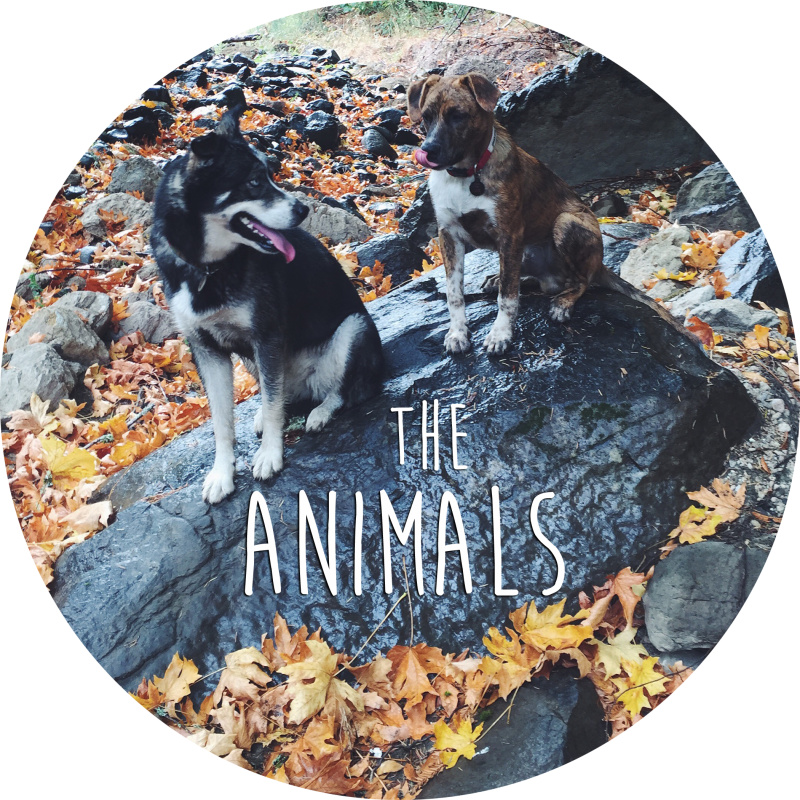5 Tips for Teaching Your Dog to Come When Called
Living on a big piece of land is every dog owner's dream — but living on a big unfenced piece of land, next to a winding highway can be quite the dog owner's challenge. Having an independent, free-spirited, prey-driven husky-mix makes it even more challenging. Muchacho lacks the confidence to go far, and therefore has a nice comfortable radius. He doesn't generally go out of sight, and is pretty happy to come when called, so he is often allowed off leash on my grandma's property, where we are living.For those of you that also have free spirited, selectively deaf, fast running dogs, here are a few tips for creating a solid recall:
1. Reinforce often.
What does your dog love? Food, balls, playing tug? Use that! When your dog hears "come" they should have an immediate association with their favorite things. "Come" should mean "Mom has something good, I better go check it out!"
2. Make it a game.
One major mistake we often make when teaching our dogs to come when called is only calling them when playtime is over and they need to come indoors, when it's time to be put on leash, get in the car, etc. Play recall games where coming is rewarded with a treat and being released back to do whatever fun stuff they were up to previously. This is one reason working with recall at the creek is so successful — Koa knows that 9 times out of 10, coming when called means getting a snack and then going back to smell that interesting bush. The 1 time that coming means getting back on leash no longer dominates the whole experience.
Another way to make it a game is to run from your dog! Sometimes running away from your human is just a game in and of itself, so playing recall games shifts all that fun from running away from your person to running after your person. Add to the fun by hiding a tug toy behind your back, and when your dog catches up to it you can present the toy to reward the exhilarating chase!
3. Start small.
This is vital — it is unfair to take a dog that has little to no practice with coming when called and put them in a distracting or exciting environment and expect them to come immediately. Start practicing in your house and work to add distraction in slow increments. For example, start in a quiet, empty room. Then add some noise with a TV or radio. Then add some distraction, like perhaps other members of your household. You can work up to adding toys on the floor for them to come past!
Then you can try outdoors, perhaps in the back yard, working up to the front yard where there is more excitement and novel smells. You can work up to new environments like open parks or fields, but remember to amp up the value of your reinforcement when you're working somewhere new and novel. Biscuits may do the trick at home, but in a field full of pee smells, gopher holes, and distant noises, you may need to come prepared with some chicken! A long leash is also a great tool for outdoor recall training so you can get some distance safely. Just remember to put your dog in a comfy harness to avoid any stress on the neck!
4. Avoid punishment.
A dog refusing to come, running away, or otherwise causing a ruckus is frustrating, believe me, I get it. But when the dog finally gives up on the fun game of run away and comes back to you, punishing them (whether physically or verbally), actually ends up punishing the act of coming back. Next time you call them to come they may think, "No way! Last time I came to you, you yelled at me!"
5. Reinforce for voluntary check-ins.
 |
| Koa voluntarily checks in while off-leash. |








